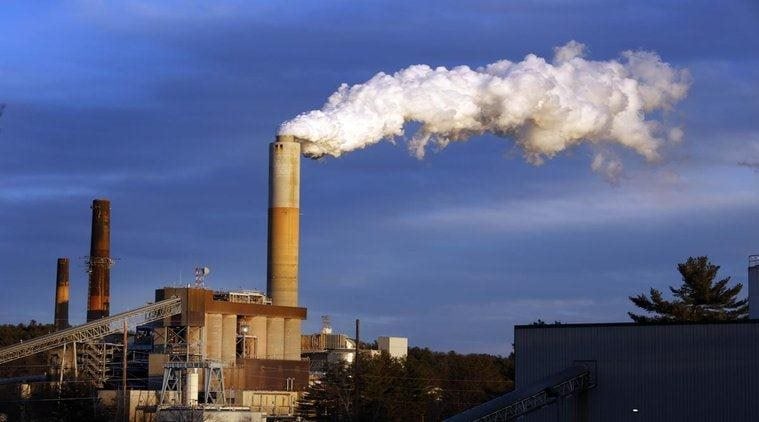
UNEP’s Emissions Gap Report warns: ‘Very hard to meet 1.5 degree goal without deeper, faster cuts’
This is from the recently published United Nations Gap Emissions Report 2019 that presents a grim assessment on the yawning gap between 'what countries have committed and what they actually require to do to limit greenhouse gas targets'.
by Abhimanyu ChakravortyGlobally, countries have collectively failed to stop the growth in greenhouse gas (GHG) emissions due to which deeper and faster cuts are now required to avert climate catastrophe.
This is from the recently published United Nations Gap Emissions Report 2019 that presents a grim assessment on the yawning gap between ‘what countries have committed and what they actually require to do to limit greenhouse gas targets’.
“There is no sign of GHG emissions peaking in the next few years; every year of postponed peaking means that deeper and faster cuts will be required. By 2030, emissions would need to be 25 per cent and 55 per cent lower than in 2018 to put the world on the least-cost pathway to limiting global warming to below 2˚C and 1.5°C respectively,” the report stated.
The Intergovernmental Panel on Climate Change (IPCC) has warned that going beyond 1.5 degrees celsius means the “bringing of eve wider-ranging and more destructive climate impacts” including storm and heatwaves.
The report categorically stated that if serious climate action had been taken in 2010, then the cuts required per year to meet the projected emissions levels for 2°C and 1.5°C would only have been 0.7 per cent and 3.3 per cent per year on average. “However, since this did not happen, the required cuts in emissions are now 2.7 per cent per year from 2020 for the 2°C goal and 7.6 per cent per year on average for the 1.5°C goal. Evidently, greater cuts will be required the longer that action is delayed.”
G20 members account for 78 per cent of all global greenhouse gas emissions. Out of the 20 members, six of them which include China, the EU28, India, Mexico, Russia, and Turkey are slated to meet their unconditional NDC targets with current policies. However, India, Russia, and Turkey are projected to be more than 15 per cent lower than their NDC target emission levels, the report said.
But the new gap report also offers a solution: “If current unconditional NDCs are fully implemented, there is a 66 per cent chance that warming will be limited to 3.2°C by the end of the century. If conditional NDCs are also effectively implemented, warming will likely reduce by about 0.2°C.”